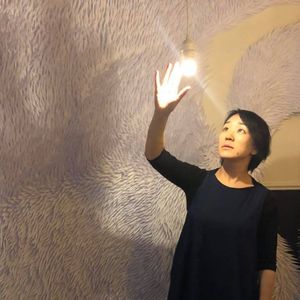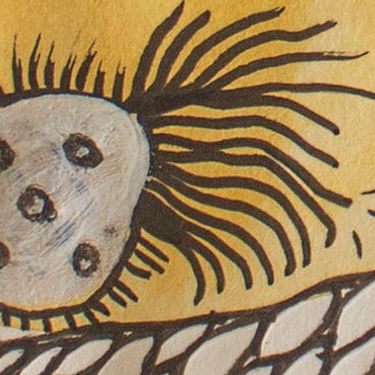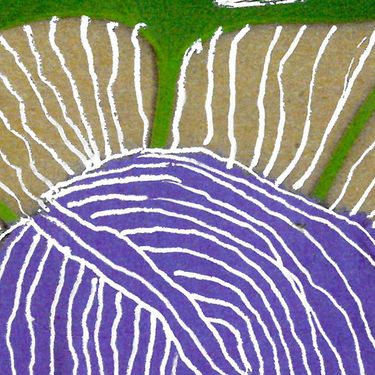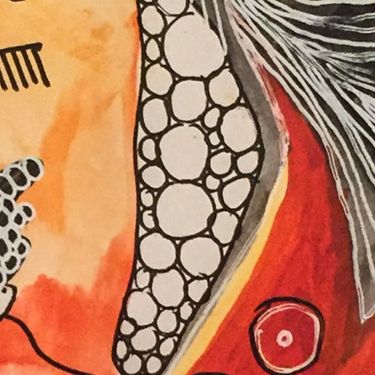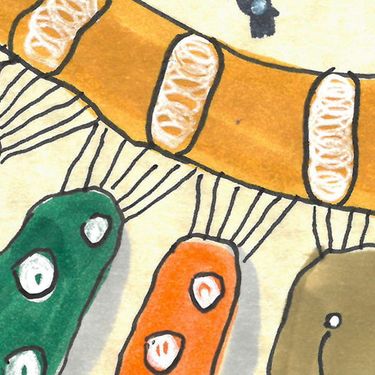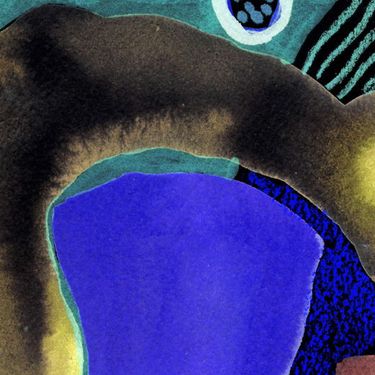Natural Dye 101: From Kitchen to Color
Up to $15.60 - $25.10 for members (includes all fees)
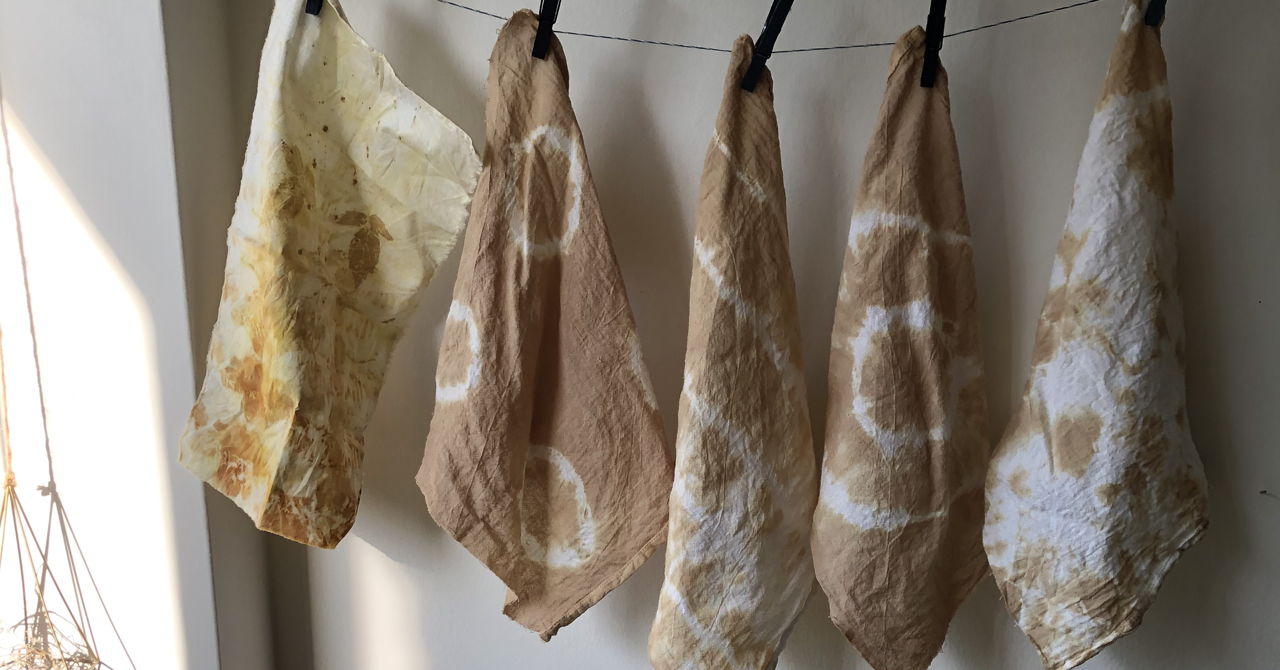
Saturday June 20 * 2pm
Natural Dye 101: From Kitchen to Color
Come learn about natural dye using easily accessible colors you may already have in your kitchen! We’ll be making a dye bath with black tea and learning how to print with yellow onion skins.
This class covers two techniques to make patterns on your cloth: simple tie-dyeing with rubber bands, and eco-printing (also known as bundle dyeing).
Natural dyeing doesn’t have to be complicated, and beautiful color and pattern can be achieved with things you already have at home!
Materials Needed:
-Fabric with as close to 100% natural content (no synthetic fibers) as possible. Examples include t-shirts, pillowcases, old sheets, bandanas, etc. If you’d like to purchase fabric please see “Resources” list below.
-Rubber bands of any size
-Black tea, loose or tea bags
-Onion skins from yellow onions - outer skins only
-Stainless steel pot
-A stick, dowel, or chopstick, optional
More specific instructions for set-up will be sent once your ticket is purchased.
Sliding scale $15-25
Resources:
Fabric: www.dharmatrading.com - You can purchase dyeables, such as scarves, bandanas, etc. or fabric by the yard. Look for items with the symbol that says “PFD”, which means Prepared For Dye. These items will take natural dyes the best.
Onion skins: These can be collected over time and saved in a baggie in the freezer. For more immediate need, pick the outer skins off the onions in the bin at the grocery store. Most places don’t mind if you take them as they get thrown out anyway. You’ll only need a handful for printing with.
About the instructor:
Sophie Kanter of the bluest i. www.thebluesti.com/
Drawing color from the natural world around us is magical and exciting. Before the 1850's, all clothing was dyed with bark, leaves, berries, even bugs and mollusks. People collected what they could find, dyeing their clothing in specific ways to communicate their identity. Using natural dyes cultivated a sense of place and informed others of one's location or status. That is part of the reason why I think plants are so powerful!
While there are many natural dyes available from all over the world, mostly in the form of powders or extracts, I'm far more interested in what's available around me. A majority of the dye plants I use are foraged from the local landscape. I enjoy paying attention to what plants are growing at different times of year. The color palette changes from one season to the next, making each resulting color or pattern on fabric all the more special while it lasts.
I am inspired by nature, traditional crafts, and slow fashion. I began my journey with natural dyes in 2014. Through a desire for a new wardrobe free of visible stains, I dyed my own clothing at first. I expanded to anything I could get my hands on, exploring different types of fabrics and plants. Beginning the following year, I enriched myself in the textile community of the San Francisco Bay Area, learning from and being inspired by some truly amazing artists. I continued my art education by attending craft and folk schools around the country, focusing on indigo and natural dyes.
My current art practice focuses on using local and seasonal dye plants. With my practice has come a deeper understanding of sustainability. Each day I tune into plants a little bit more, especially aware of how the dye process is a continuation of the life cycle of the plant itself.
When I'm not dyeing, I’m teaching at a Montessori school, baking at home and taking care of my many house plants. I also love to get out into nature and do other crafts, especially with friends. I can't wait to share more with you!
